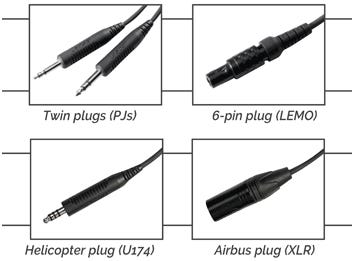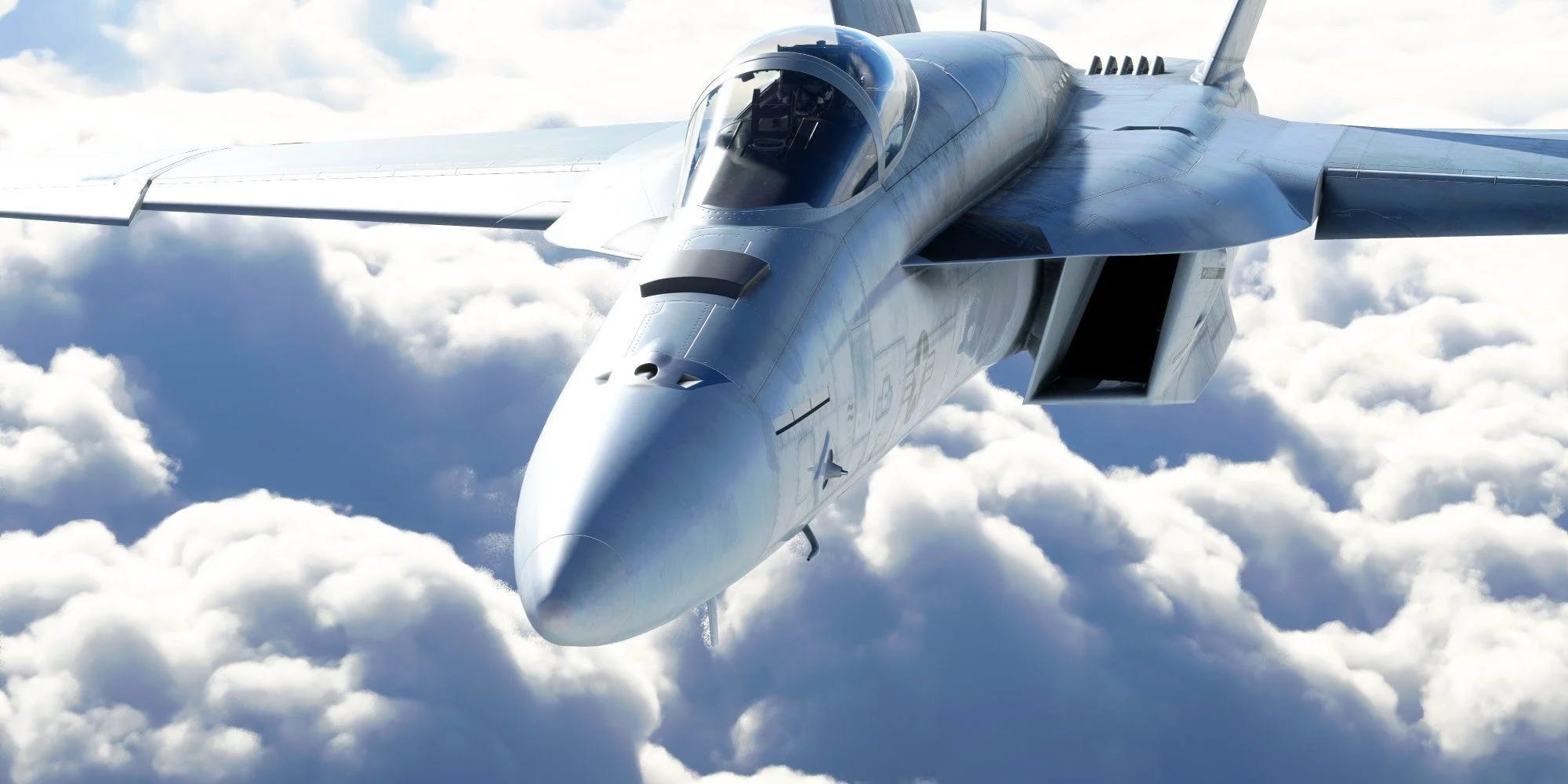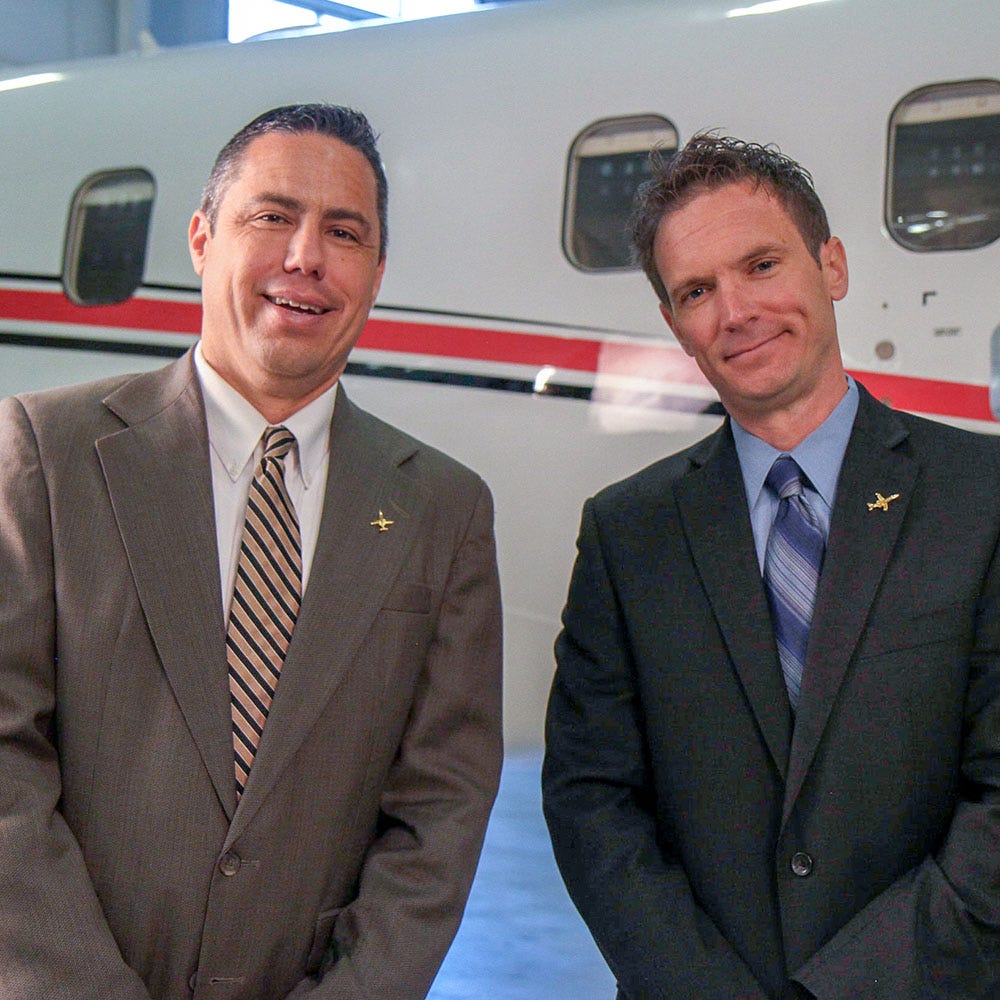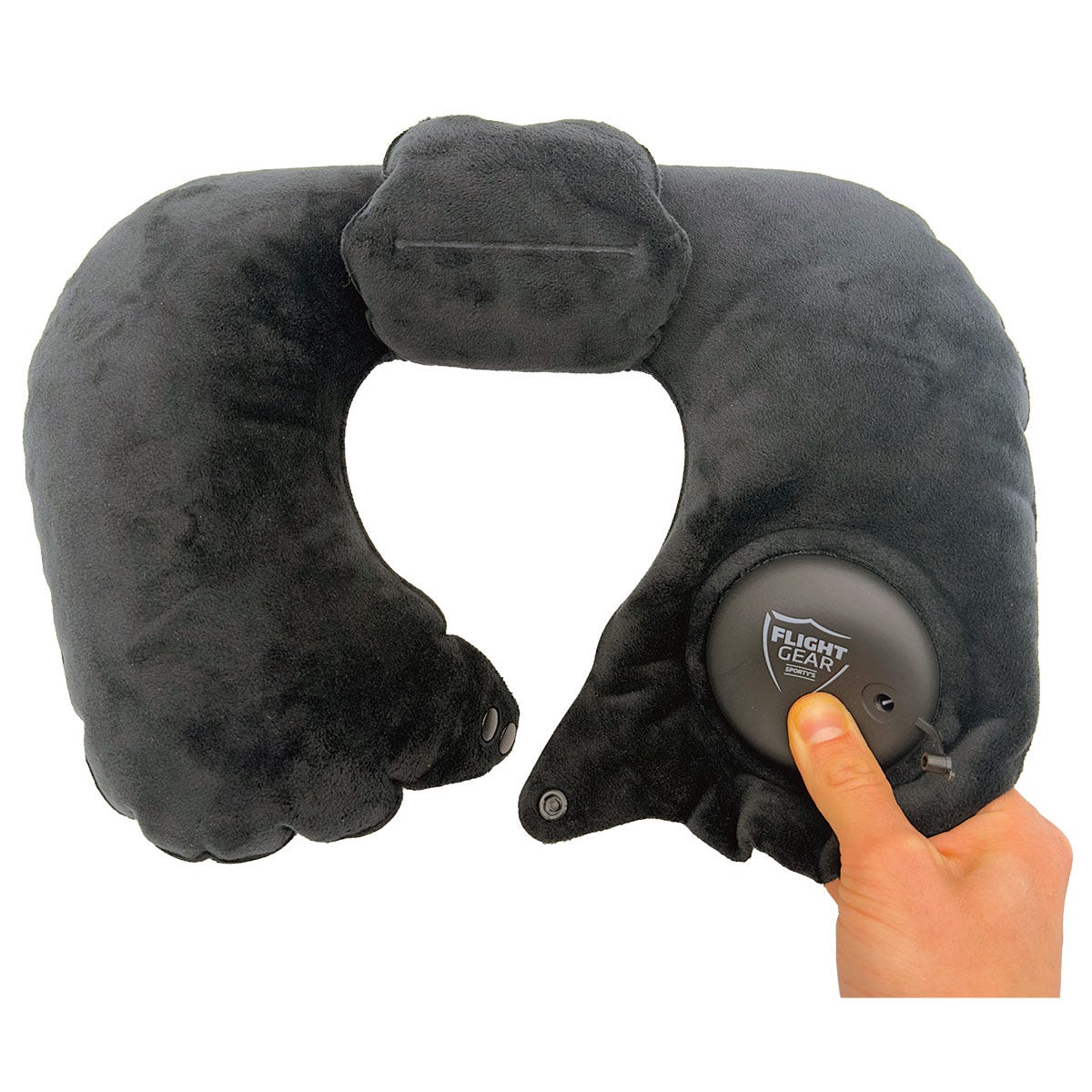How to choose the right connector
Buying a headset can be overwhelming. Our staff of experienced pilots have flown with every brand we sell and are uniquely qualified to answer all your questions. Some of the most common questions we deal with involve headset connectors: "What's the difference between twin plugs and 6-pin connectors?" Or "Do I need a battery powered or aircraft powered headset?" Let’s go through the differences of each connector so that when you select a headset you're confident that you chose the right type.
Identifying each type of connector
Twin Plugs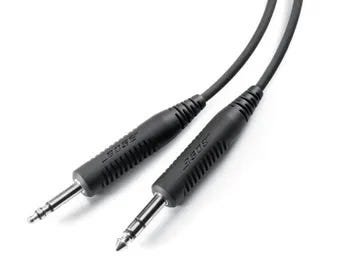
This is the most common plug in aviation. If you are a new student and are wondering which plug type to get, this is the one. Twin Plug headsets have two plugs at the end of the cable which have separate jobs. The slightly larger one is for headphone audio and the smaller one is for the microphone on the headset. This is the most common type of connector for general aviation (GA) and commercial airplanes. Another common name for this type of connector is PJ Plugs. One thing to consider with Twin Plugs is that intercom jacks do not supply power to the Active Noise Reduction (ANR) feature in a headset. Therefore to power an ANR headset with twin plugs you'll need batteries in the control module of the headset.
6-Pin Connector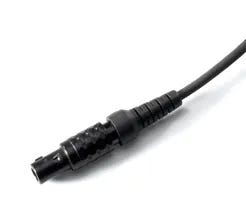
The 6-Pin connector is the second most common type of plug. This cable has only one connection to the panel that does it all. The 6-Pin connection provides audio, microphone and power to the headset for ANR and Bluetooth functions. 6-Pin connectors are sometimes called LEMO plugs or simply panel powered plugs. These types of plugs are found in a variety of aircraft from GA to commercial, it just depends on the model and year. Most Cirrus use this type of plug. If your airplane does not have a 6-pin connector installed, kits are available to add it. This is a quick job, but one that does require a mechanic or avionics shop.
Helicopter Plug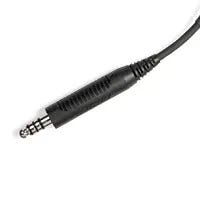
The helicopter plug is a single connection plug. It's shorter and fatter than the plugs found on a Twin Plug cable. It supplies signals to the microphone and headphone. It will not power ANR or Bluetooth functions. Based on the name you can probably guess that most people flying whirly-birds (helicopters) will need a headset with this connection. Another common name for this type of connection is the U174 plug. Note that many military aircraft use a similar plug. Military headsets normally have a low impedance microphone so they probably won’t in a general aviation helicopter intercom system.
XLR Airbus Connector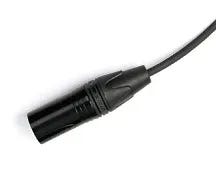
The XLR Airbus Connector is the least common type of connector that pilot's need. It's a 5 pin plug similar to the 6 pin in that it powers the headset as well as relays the headphone audio and microphone with one connection. This connector looks like the plug found on a stage microphone. Newer commercial aircraft are being outfitted with XLR connectors. Airbus was one of the first to use the XLR connector, but we’ve also seen them in some ATR and Boeing aircraft. Another common name for this plug is the XLR Connector or 5-Pin Connector.



